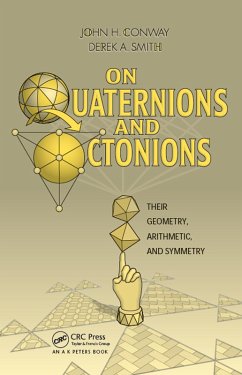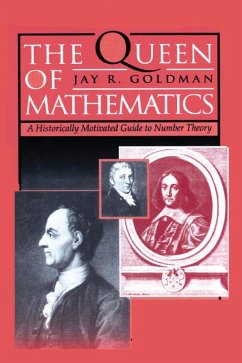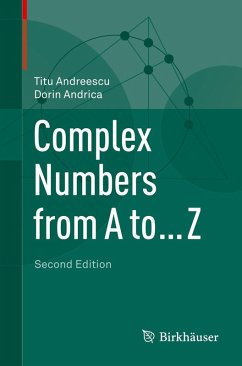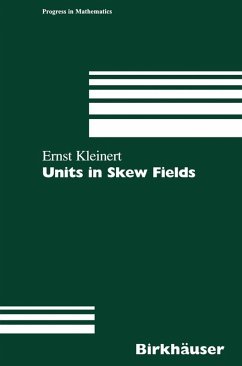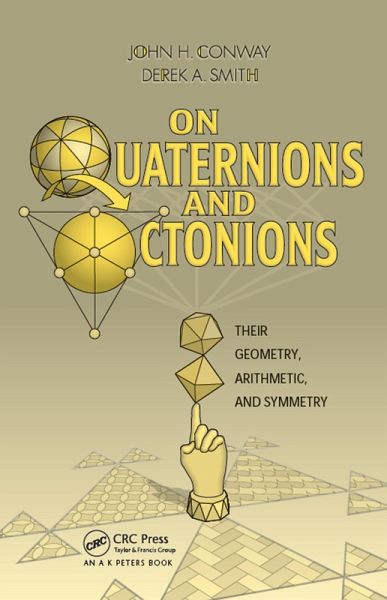
On Quaternions and Octonions (eBook, PDF)
Versandkostenfrei!
Sofort per Download lieferbar
52,95 €
inkl. MwSt.
Weitere Ausgaben:

PAYBACK Punkte
26 °P sammeln!
This book investigates the geometry of quaternion and octonion algebras. Following a comprehensive historical introduction, the book illuminates the special properties of 3- and 4-dimensional Euclidean spaces using quaternions, leading to enumerations of the corresponding finite groups of symmetries. The second half of the book discusses the less f
Dieser Download kann aus rechtlichen Gründen nur mit Rechnungsadresse in A, B, BG, CY, CZ, D, DK, EW, E, FIN, F, GR, HR, H, IRL, I, LT, L, LR, M, NL, PL, P, R, S, SLO, SK ausgeliefert werden.




